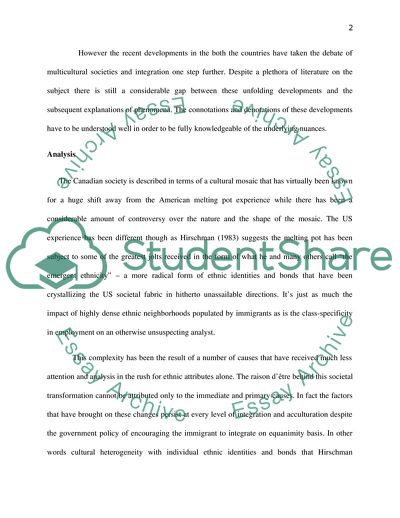Cite this document
(Canadas and US's Approaches to Immigration Coursework, n.d.)
Canadas and US's Approaches to Immigration Coursework. https://studentshare.org/politics/1725511-political-science
Canadas and US's Approaches to Immigration Coursework. https://studentshare.org/politics/1725511-political-science
(Canadas and US'S Approaches to Immigration Coursework)
Canadas and US'S Approaches to Immigration Coursework. https://studentshare.org/politics/1725511-political-science.
Canadas and US'S Approaches to Immigration Coursework. https://studentshare.org/politics/1725511-political-science.
“Canadas and US'S Approaches to Immigration Coursework”. https://studentshare.org/politics/1725511-political-science.


